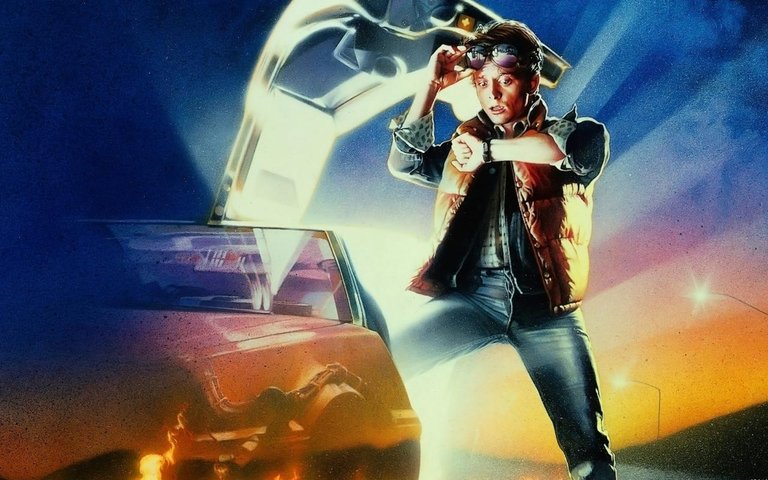
Physicist Stephen Hawking does not believe in visitors from the future
Anyone planning a party always sends the invitations in the forefront. Makes sense, the friends should indeed have the opportunity to be there. Stephen Hawking, one of the most influential physicists of our time, did exactly the reverse in June 2009. He rented a state-of-the-art room, provided champagne and a buffet - but only afterward sent the invitations. Nevertheless, the physicist has been waiting for visitors.
That sounds a bit crazy. For Hawking, however, that was an experiment on time travel. "The invitation to the party is written on paper that will last for many thousands of years, so if people could travel through time in the distant future, they might choose to follow the invitation, they could travel back in time and storm the party, "says Hawking. It was to be the most extraordinary party in the world. And became the loneliest. For Hawking it was clear that humanity would never build a time machine.
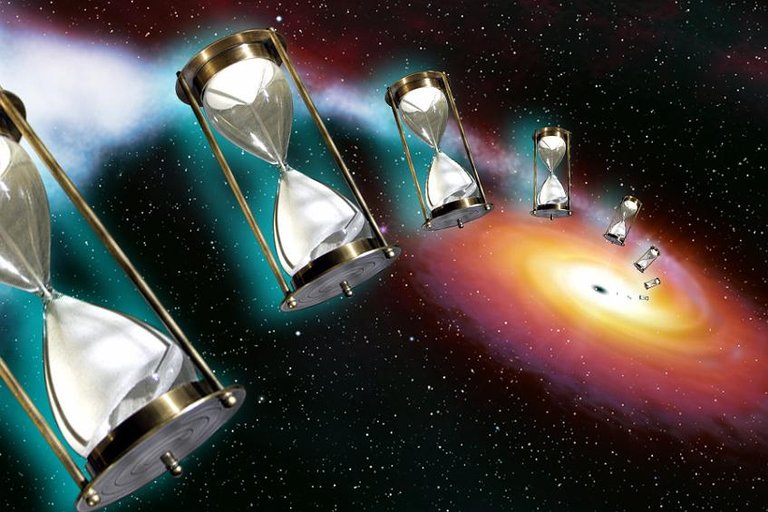
Theory 1: New timelines?
If a person travels into the past, a so-called parallel universe could emerge. The time from which he comes, runs on - without changes, as if there had never been a time travel. But in the time when he arrives, a new, independent timeline, changed by his time travel, arises from this moment on. The idea comes from the physics of quantum mechanics.
The past can be changed. But there are contradictions, also known as the grandfather paradox. What happens when a time traveler changes the past, traveling to his grandfather, for example, when he is still a young man and kills him? The grandfather would never become his grandpa, because he would not have children. And the time traveler would never be born. That means he could not travel through time and kill his Grandpa. But who would have killed his grandfather? - A paradox.
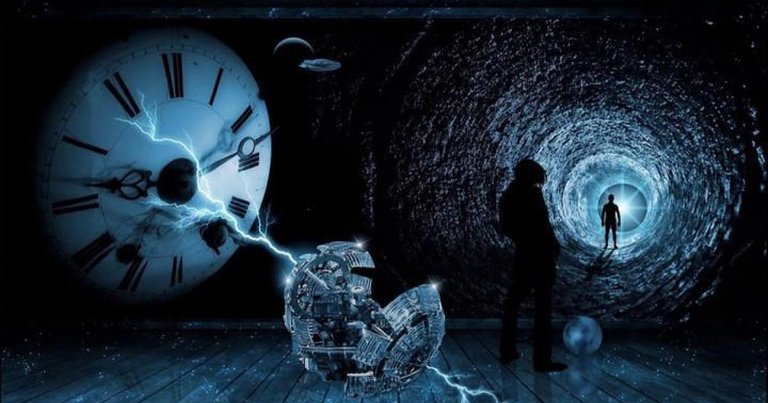
Theory 2: Time travelers can not change the past.
Time may also run in one direction only - towards the future. The time traveler can observe but not change anything. For the astronomer and blogger Florian Freistetter the most exciting theory. "The fact that the time travel back in time leads so quickly to such paradoxes is either a sign that time travel into the past is not possible, that nature does not allow something like that," says the scientist. It is also possible, however, that when we travel back in time, there we can do nothing that creates a paradox. "If you tried to kill your grandfather, then something would make you unable to do it." At least the theory.
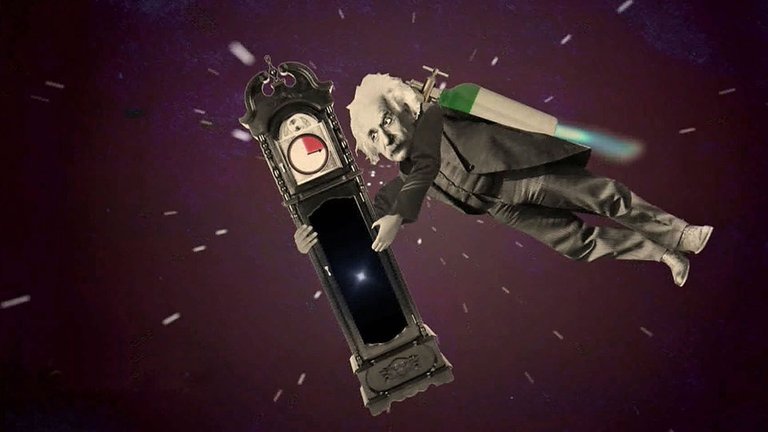
Time travel and the theory of special relativity
What could work are travels to the future. However, the thing has a catch, says Andreas Müller, astro-physicist at the Technical University of Munich. "That's where Einstein's theory of special relativity comes in. We need to get as fast as light, atleast thats how it's portrayed in science fiction movies."
But even if we manage to fly faster than the light, there is another catch. The time travelers in reality do not sit in a red leather armchair, conveniently entering the target date, pulling a lever and finding themselves with a jolt at another time again. Time travelers would not have a stylish car with gullwing doors as in "Back to the Future". But what then?
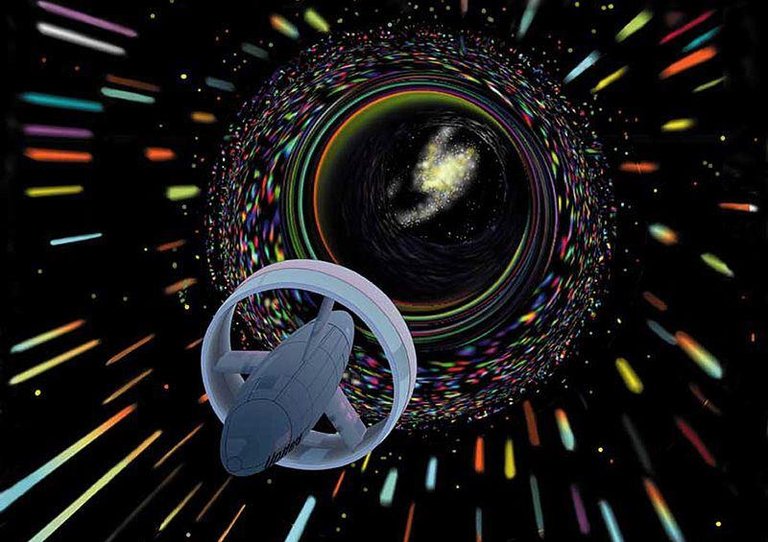
It will not work without a detour on a spaceship in space, says Florian Freistetter. "If I fly away from earth very quickly with a spaceship and then turn around and come back very quickly, less time has passed for me than for Earth." Depending on the speed, a spaceman can travel ten years on the spaceship, and perhaps 1,000 years have passed on Earth or 100,000 years. "When I arrive then," says Freistetter, "then in the future I will be seen from my point of view."
This effect of movement and gravity on time was demonstrated for the first time 45 years ago. At that time, an atomic clock was flown around the world on one plane while the other remained on the ground. At the end of the flight, the clocks deviated - albeit by just over 200 billionths of a second. Now all we have to do is build a spaceship that can fly faster than light to test the theory in practice.